
Coronavirus is here
Published March 11, 2020
The new coronavirus that causes a disease known as COVID-19 continues to march across the globe. More than 100,000 cases have been recorded and governments are taking drastic measures to shut down the spread and try to protect those who are most vulnerable to the respiratory disease. In the virus’s wake come fast and furious messages about how people can protect themselves against infection. Where better to take a lesson than from the doctors and other healthcare professionals on the front lines?
For the most part, these are the same things doctors and others do every day in the hospital, and many of the same things all of us should be doing. “We’re practicing what’s tried and true,” says Robert Glatter, MD, an emergency physician with Lenox Hill Hospital in New York City. “Most of my colleagues are still going about their business and practicing effective cough and respiratory etiquette.”
Here’s what doctors and other healthcare professionals are doing to protect themselves and others.
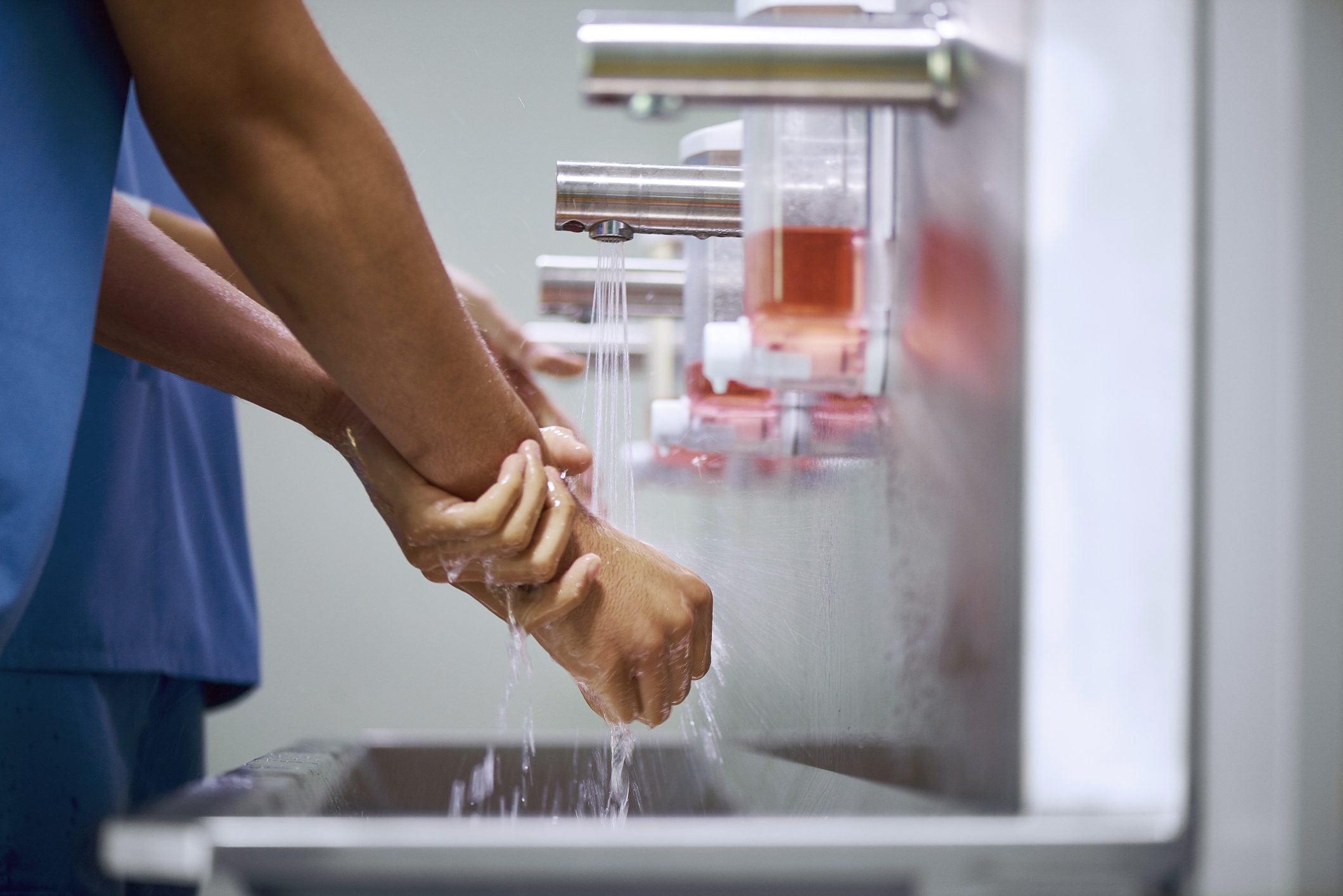
Washing their hands
No one escapes the mandate to wash, wash, wash your hands, including and especially healthcare providers. That means everywhere and all the time. “It’s the number one precaution,” says Natasha Bhuyan, MD, family practice physician with One Medical in Phoenix, Arizona. “That means soap and water for 20 seconds and getting underneath the fingernails and the backs of your hands. All my cuticles are dry and cracked.”
Dr. Bhuyan washes her hands pretty much every time she enters a new environment: going into her house, a friend’s house, the grocery store. If she doesn’t have access to soap and water, she uses an alcohol-based sanitizer that she carries with her. Just make sure you’re doing it properly—here are the ways people wash their hands wrong.
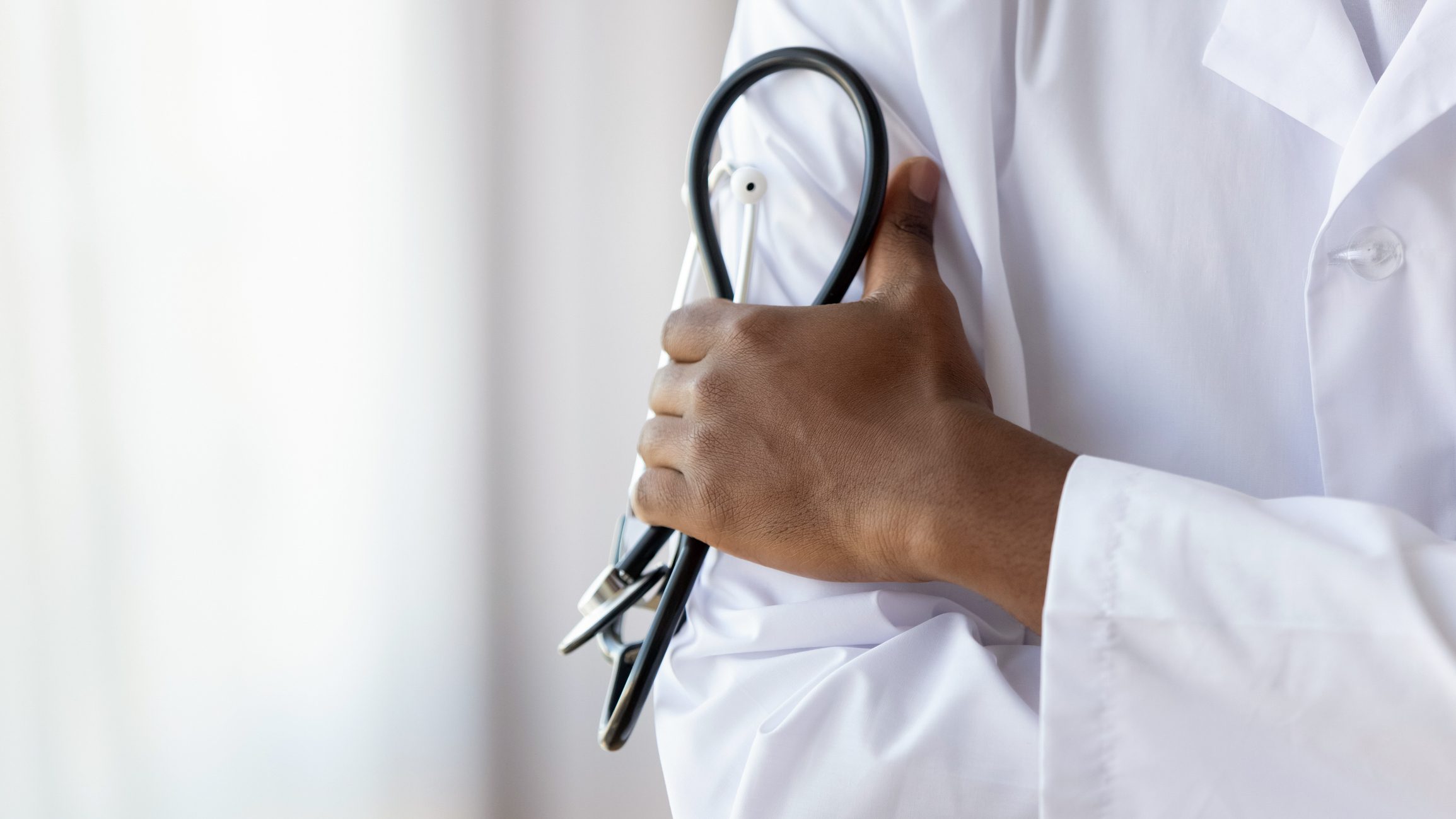
Keeping hands away from their face
Doctors have just as much trouble not touching their faces as the rest of us. A 2015 study in the American Journal of Infection Control found that a group of Australian medical students touched their faces an average of 23 times per hour, 44 per cent of the time this involved contact with a mucous membrane. Extrapolate those numbers to a 15-hour day and you’re talking 345 chances to infect yourself with a virus.
Healthcare professionals will tell you that’s like putting out a welcome mat for germs. Viruses often enter the body through the nose, mouth and other mucous membranes. If a person has coronavirus on their hands then touches their face, the virus has easy access to the respiratory system. Eyes, too, can be an entry point, points out a study in the Feb. 6, 2020 issue of The Lancet, so avoid touching them with unwashed hands as well.
How can people break such an ingrained habit? Dr. Bhuyan is trying to be mindful, adding that it’s more of an issue in public settings.
On the other hand, check out these tricks to avoiding germs that don’t work.
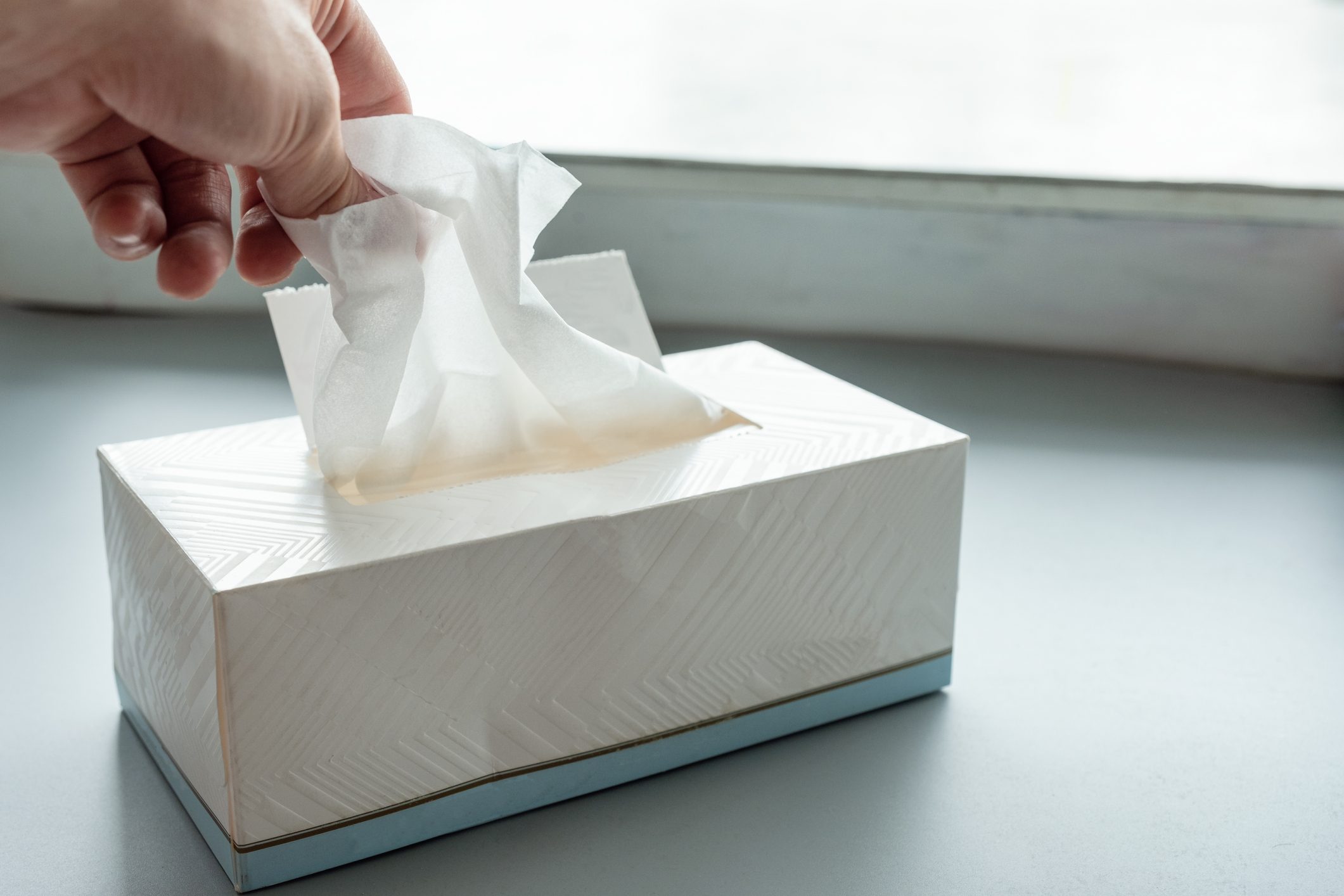
Practicing coughing and sneezing etiquette
That means using a tissue or coughing or sneezing into the fold of your elbow, says Dr. Bhuyan. If you use a tissue, the CDC recommends throwing the used item into a trash basket. However you stop a cough or sneeze, immediately wash your hands with soap and water, or use hand sanitizer with 60 per cent alcohol if you don’t have soap and water.
At present, the CDC believes the coronavirus is spreading via respiratory droplets expelled when people cough or sneeze. Droplets typically can travel three to six feet, says Dr. McGinty. But it’s not spreading quite as alarmingly fast as you may think. “We need to put it into context. There’s a lot of fear but when we dive into the science, we find that it’s more contagious than the flu but not nearly as contagious as measles,” says Dr. Bhuyan.
Turn your kitchen cabinet into a medicine cabinet with these home remedies for colds.
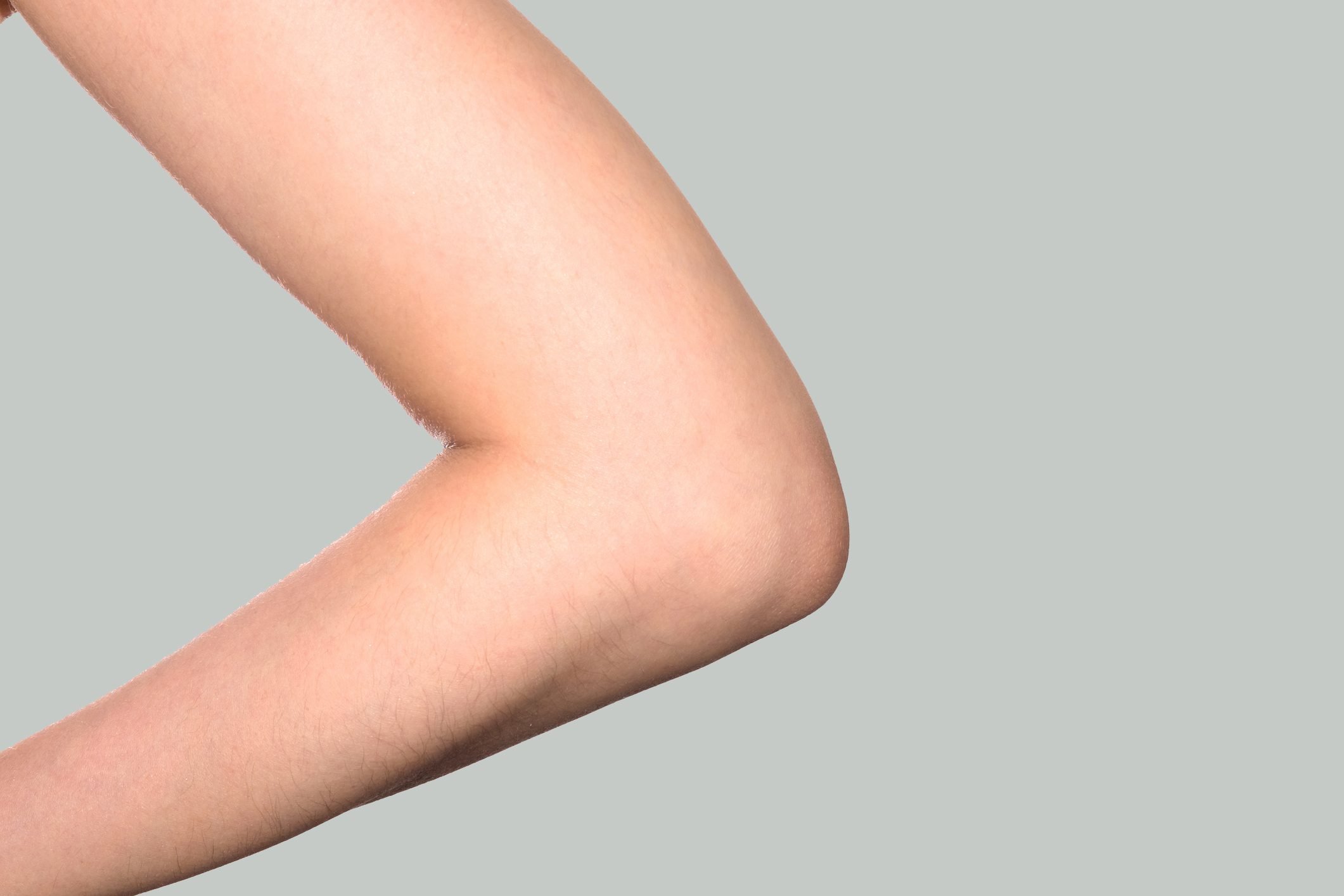
Bumping elbows
It’s not just dignitaries like German Chancellor Angela Merkel who are foregoing handshakes for elbow bumps: Doctors and other healthcare providers are using this new greeting, which ABC News has dubbed “the new handshake.” The reason should be obvious—elbows are not likely to transmit coronavirus, especially if you’re still in winter mode and wearing long-sleeves. (You’re unlikely to touch your face with an elbow.) You just don’t know where a hand has been, which means that touching hands in any way could spread the virus.
“I’m not shaking hands with patients,” says Dr. Bhuyan. “If I greet them with eye contact and a warm smile, that’s welcoming enough.”
Read this if you’ve asked yourself: can dogs get coronavirus?

Getting enough sleep
Dr. Bhuyan generally eats a healthy diet and exercises, even when there’s no epidemic. However right now, she’s making sure she gets enough sleep as well. “For me, a big thing is sleep, to go to bed on time, and get eight hours sleep rather than get caught up and check email,” she says.
Getting adequate rest can also boost your immune system and prevent infections. Right now, about 80 per cent of coronavirus are mild ones, reports the World Health Organization, and some people may not have any symptoms at all. Getting enough Zzz’s can only make you stronger should you come in contact with coronavirus.
These other simple habits can boost your immune system too!
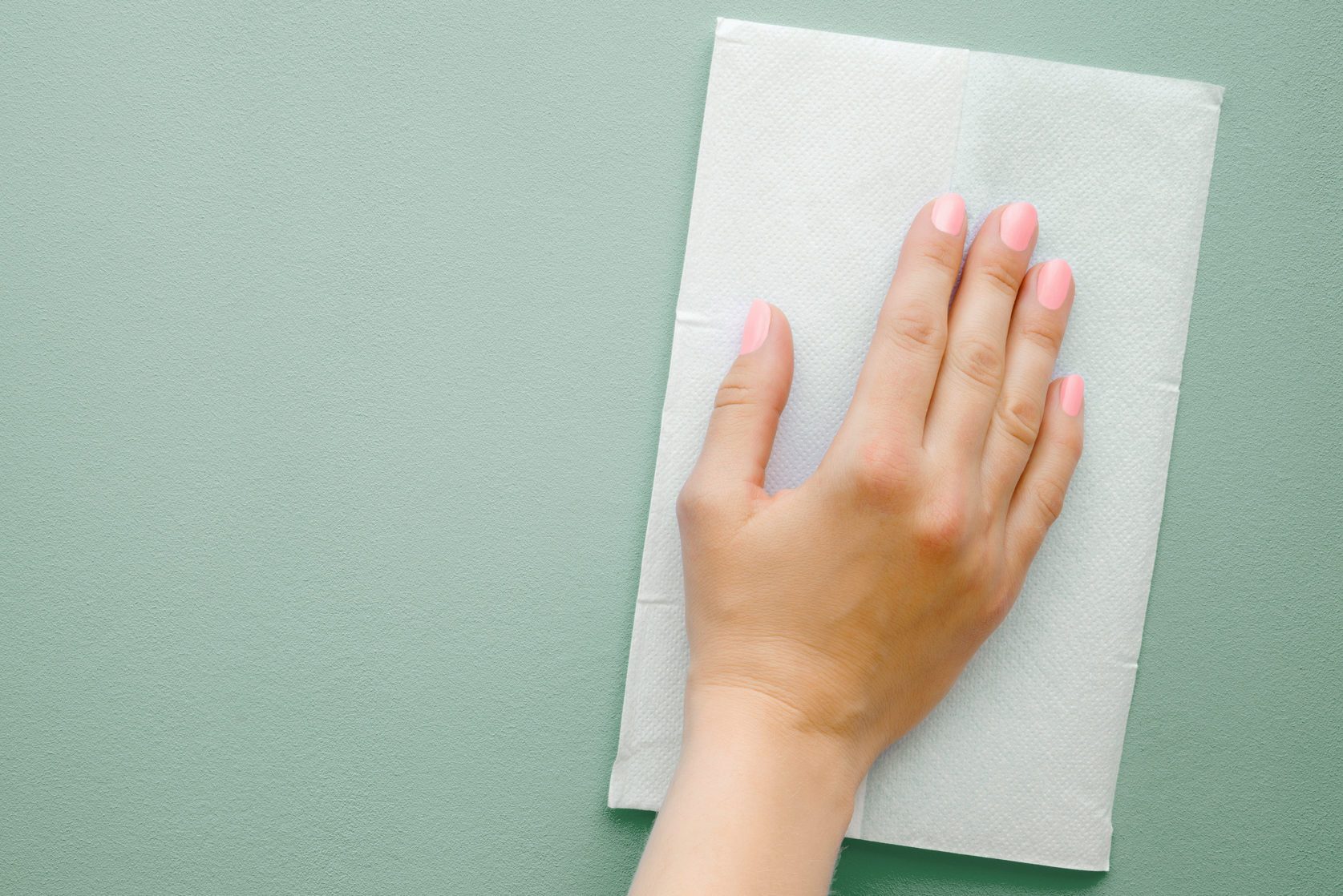
Using disinfecting wipes
Although the Centers for Disease Control and Prevention (CDC) believes that COVID-19 primarily spreads between people via respiratory droplets from coughing or sneezing, preliminary data indicate that the coronavirus may be able to live up to a day on surfaces, says Dr. Glatter. That means people can touch a contaminated counter or tabletop, get the virus on their hands then infect themselves or someone else.
Healthcare professionals are relying on Clorox or other disinfecting wipes to help combat the problem. While on a flight this week, Dr. Bhuyan wiped down her armrest and tray table, while also using a wipe to change the air settings. “It’s a good idea to have some wipes handy,” she recommends.
Attention, germaphobes! Here are the times you’re overusing hand sanitizer.
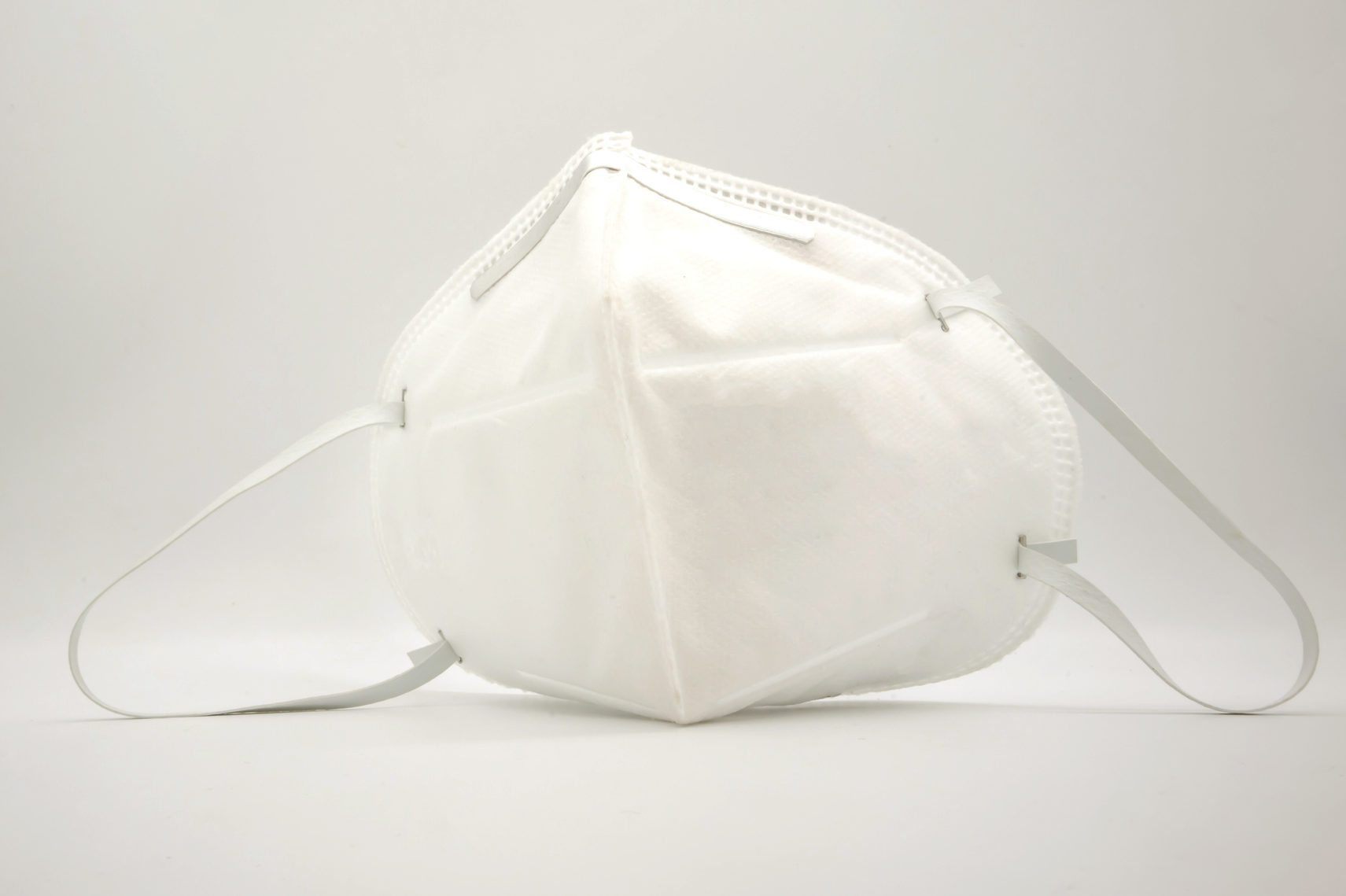
Not wearing masks, unless required by work
Just like the rest of us, healthcare professionals are being asked not to use masks for everyday interactions. (This is to make sure supplies are still available when they’re truly needed, which is in healthcare settings.)
Face masks won’t protect people (even healthcare professionals) from contracting the virus, according to William Schaffner, MD, an infectious diseases specialist at Vanderbilt University Medical Center in Nashville. They may, however, help spread symptoms from an infected person. If a doctor or anyone else is sick, they should be staying home.
Face masks are not the same as N95 respirators, which look a bit like face masks but do protect against bacteria and viruses (blocking 95 per cent of small particles, like germs). However, the guidelines are still the same; they are recommended for use only in healthcare settings.
“Patients with confirmed or suspected COVID-19 should wear a face mask until they are isolated in a hospital or at home,” according to the CDC. “The patient does not need to wear a face mask while isolated.”
Here are more things to know about coronavirus face masks.
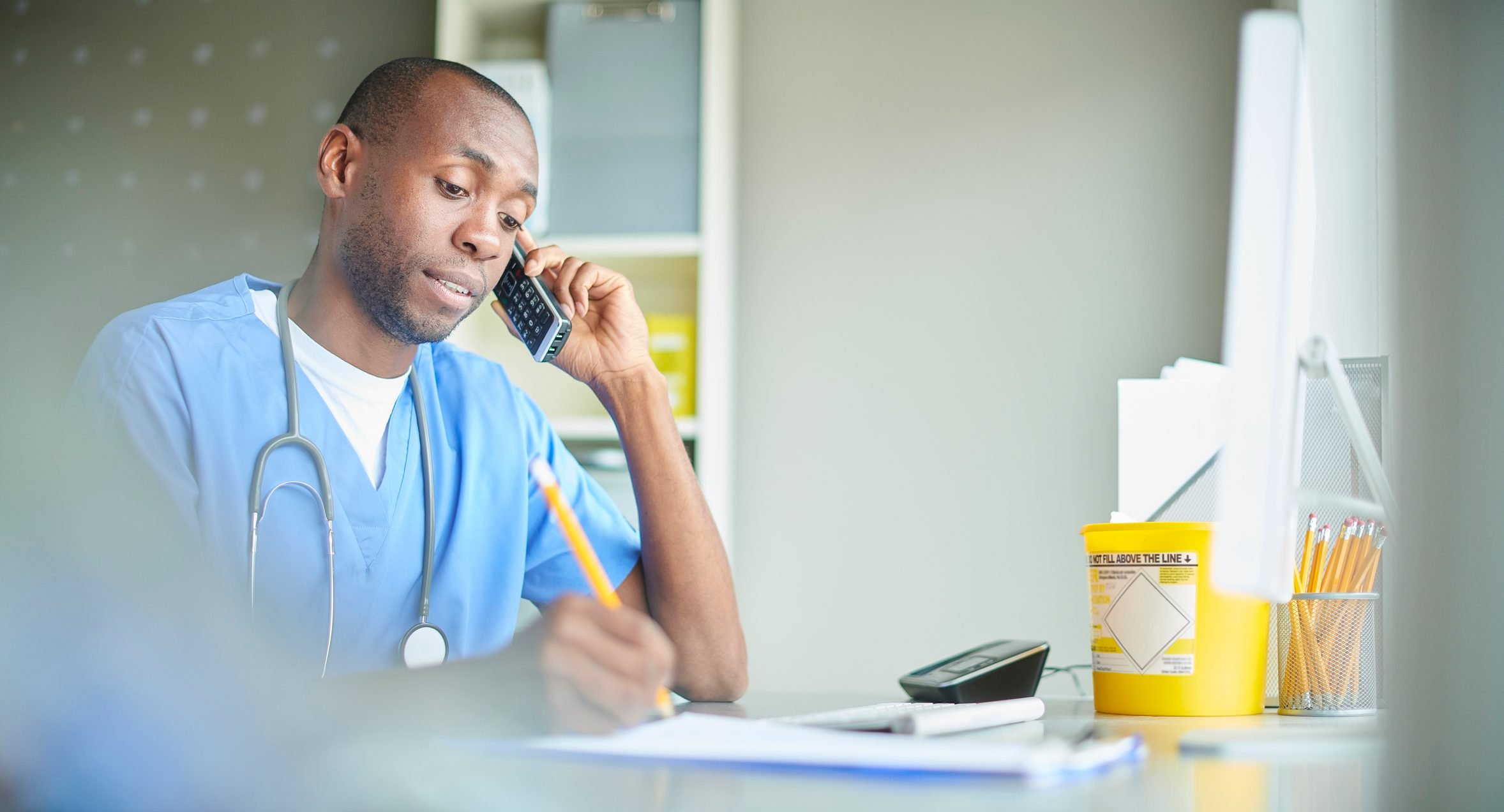
Asking patients with symptoms to call before coming in
That’s because the last thing you want for the doctor or for other patients is someone with suspected coronavirus in a crowded waiting room.
“One thing that I’m seeing a lot is a recommendation that people who are experiencing symptoms call their healthcare provider instead of showing up at urgent care or primary care provider or the emergency room,” says Dr. McGinty. “Patients would discuss their symptoms over the phone and then, in consultation with the healthcare provider, decide the appropriate next step. That can prevent exposure.”
And if symptoms can be managed from home to help avoid exposure to people in waiting areas, even better, she says.
Don’t miss these strange symptoms that can signal a serious disease.
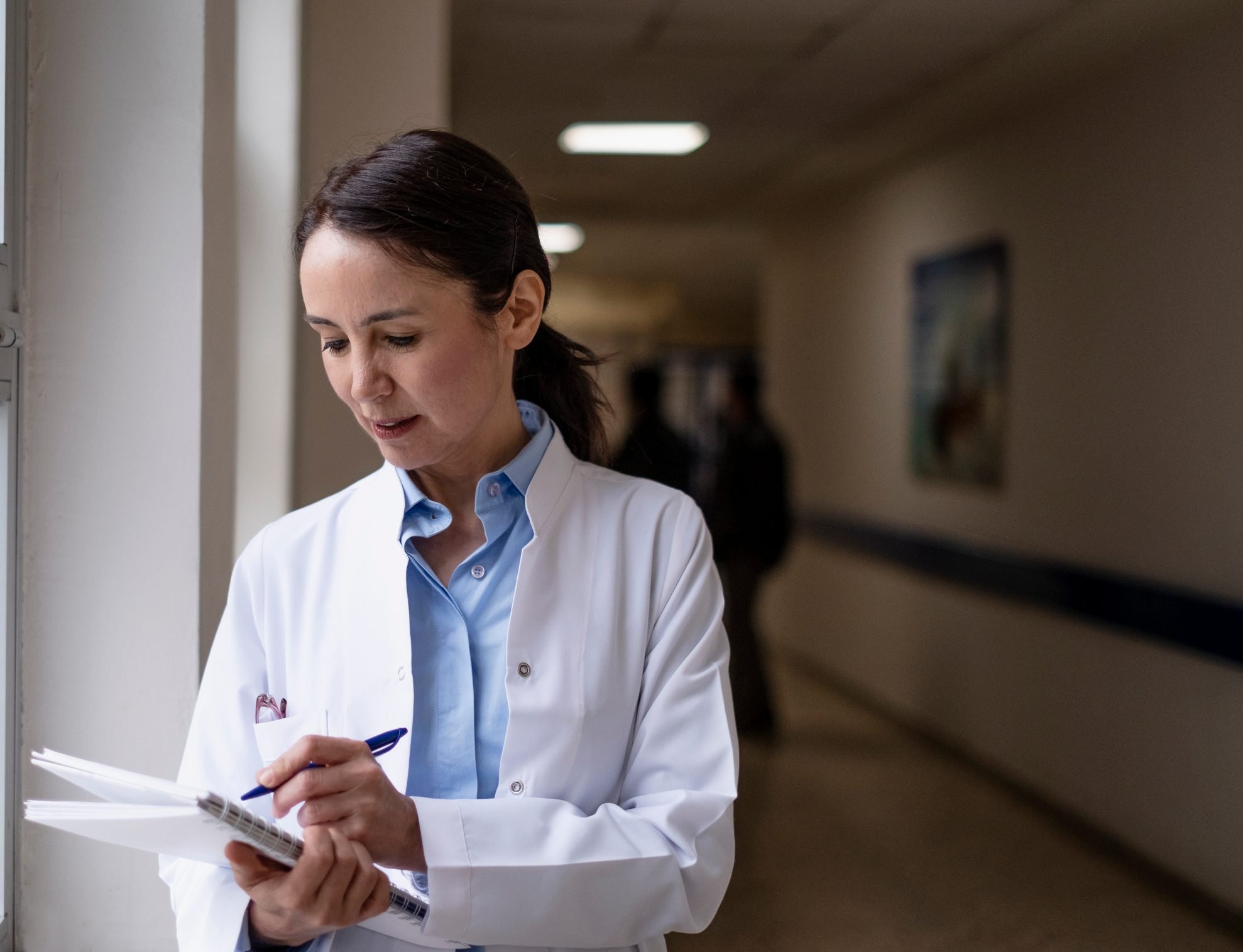
Not panicking
Public health and other healthcare professionals aren’t panicking about the virus and neither should anyone else. Dr. Bhuyan finds that limiting social media is helpful in combating the “infodemic.”
“We can expect more cases, more diagnoses, there will be more deaths but we need to put this in perspective,” says Dr. Glatter. Unless you’re coming into contact with communities or people that are potentially infected, the risk is exceedingly low,” he adds.
Find out how much the coronavirus is costing the world—so far.
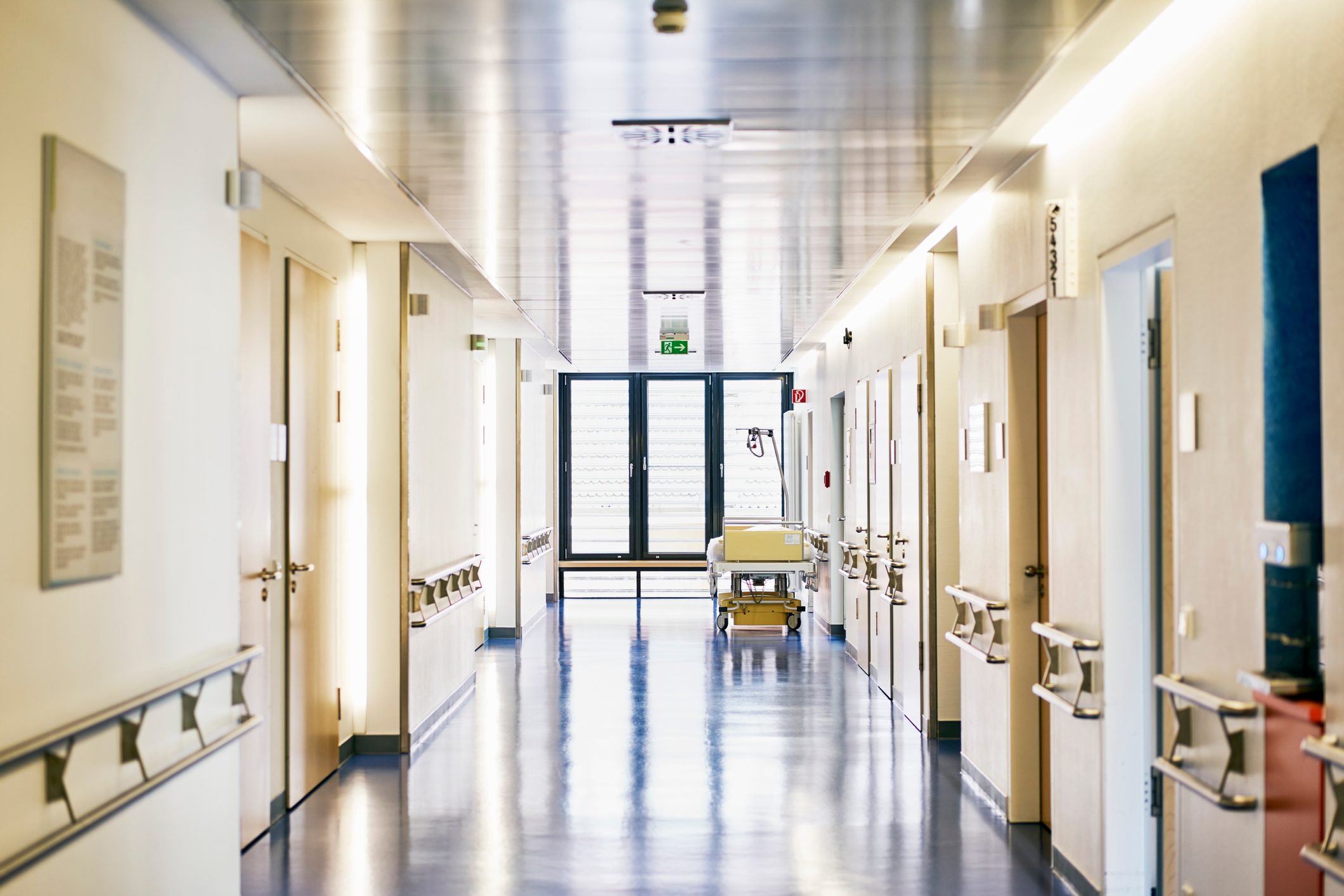
What hospitals are doing
Hospitals and clinics have procedures in place to screen patients when they first come into a healthcare facility. The primary concerns are whether there has been any international travel, whether a person has been in contact with a known patient, if they’ve been in any communities that have coronavirus outbreaks, or if they have puzzling symptoms that are definitely not the flu, says Dr. Schaffner.
Patients who fit any of these criteria are given a mask and put into an isolation room, Dr. Schaffner adds, while doctors and other staff take infection-control measures.
The front-line staff in the emergency department at Northwell Health, which is close to New York City’s JFK International Airport, are wearing respirators, gowns, gloves, and goggles.
Next, separate fact from fiction by learning these coronavirus myths.